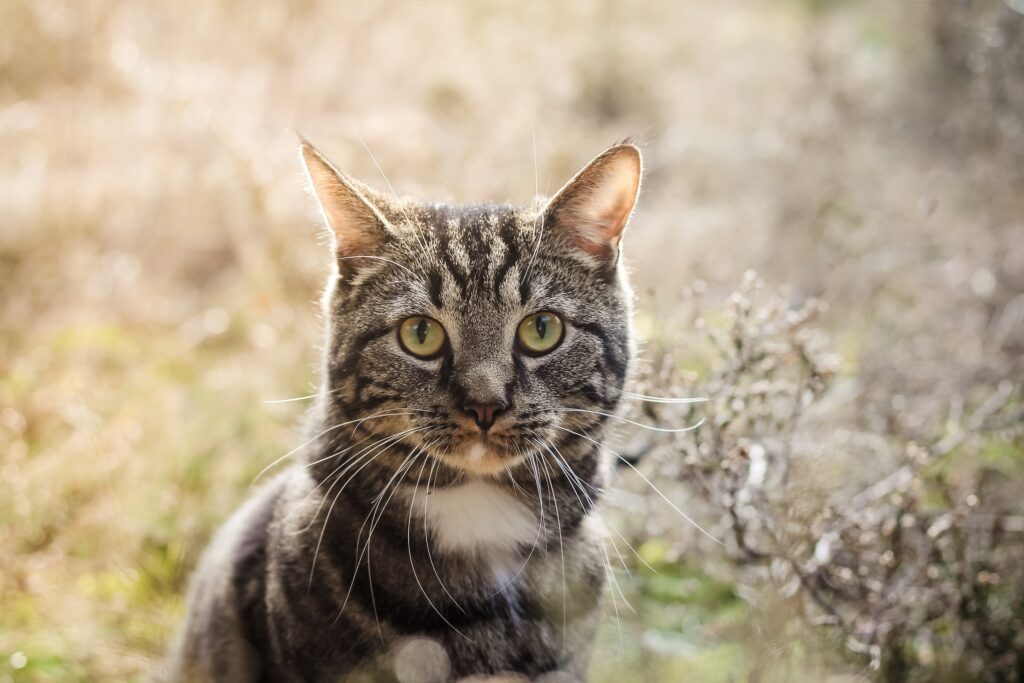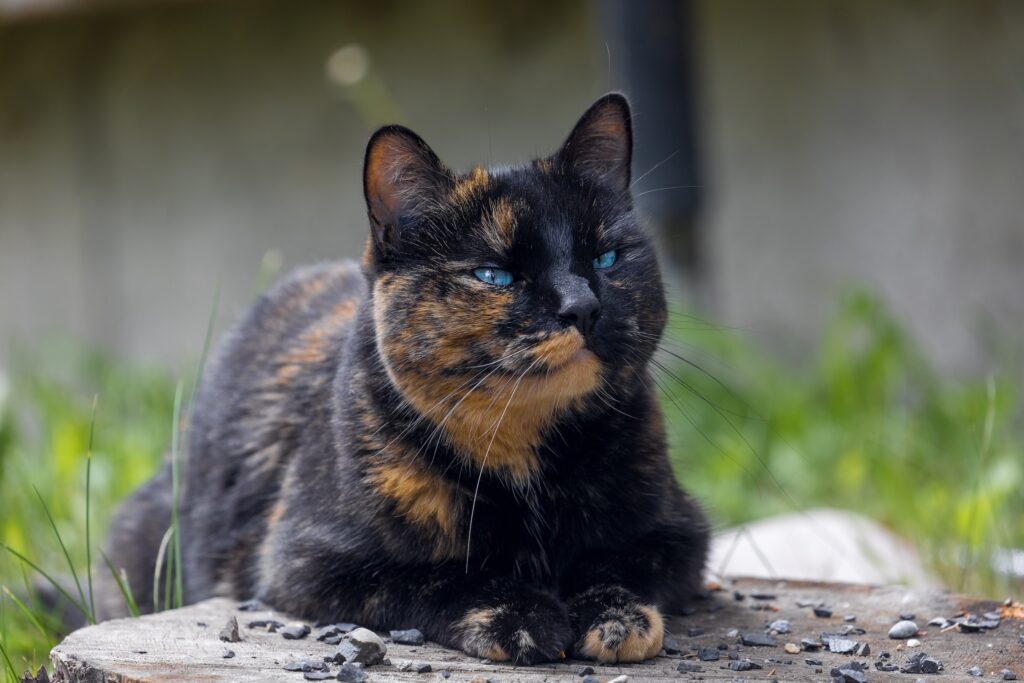Feline Finery: A Guide To Recognizing Tuxedos, Tabbies, And Tortoiseshell Cats
Tuxedos, tabbies, and torties are distinctive coat patterns found in domestic housecats, each characterized by its unique blend of colors and markings. Understanding these patterns can help cat enthusiasts appreciate the diversity and beauty of feline companions.

Tuxedo cats earned their name due to their striking resemblance to the classic black-and-white formal attire. These felines boast a primarily black coat adorned with white markings gracing their chest, paws, and frequently their facial features. Tuxedos can have variations like “black smoke” tuxedos, where the black appears as a smoke-like overlay on a lighter undercoat.
These cats exude elegance and are often associated with a dapper and sophisticated demeanor.
Tabby cats are recognized for their unique striped or blotched patterns. The classic tabby pattern consists of dark stripes running along the cat’s body, a distinctive “M” shape on their forehead, and bold, circular markings on their sides known as “bullseyes.” Tabby patterns come in various colorations, including gray, orange, and brown, making them one of the most common and recognizable coat patterns in cats.
Tortoiseshell, or “tortie,” cats exhibit a striking combination of two distinct coat colors – usually a mix of black or gray with orange or cream. The colors are often swirled together in a marbled or patchwork fashion, creating a unique and captivating appearance.

Torties can also have tabby patterns mixed into their coats, giving rise to “torbie” cats. These felines are known for their feisty and vibrant personalities that seem to match their colorful coats.
For cat lovers, observing and understanding these patterns can enhance the bond between humans and their feline companions, allowing them to appreciate the intricate beauty that comes with these diverse coat types.
